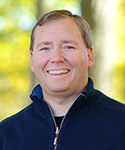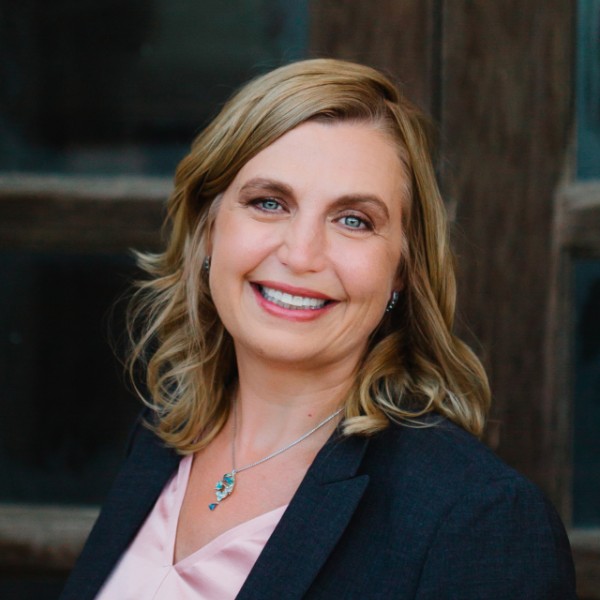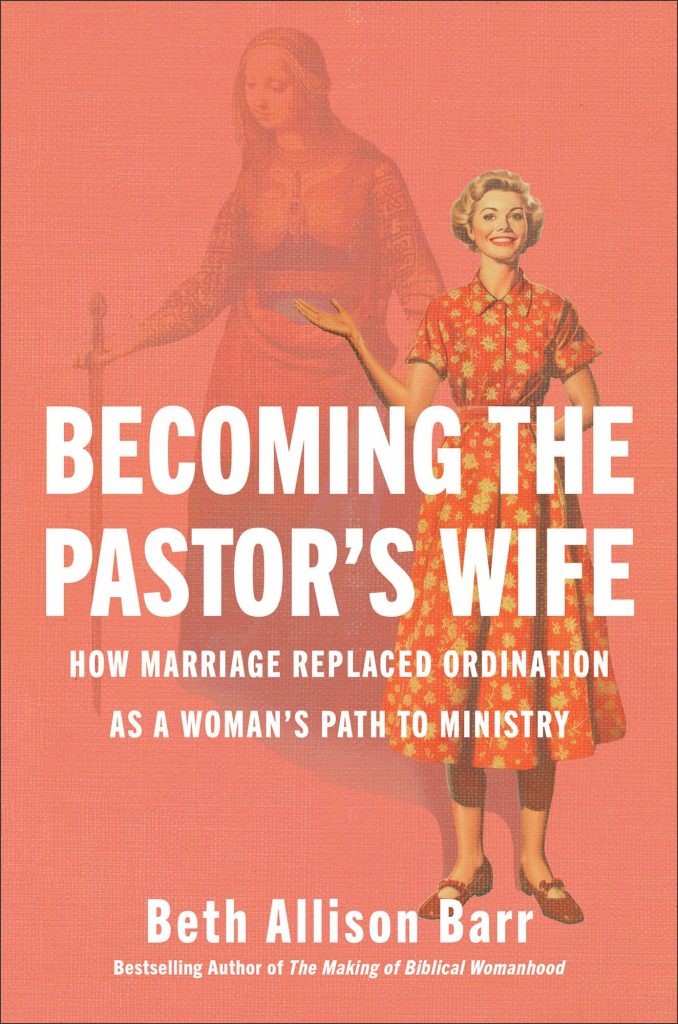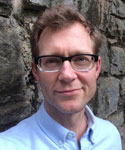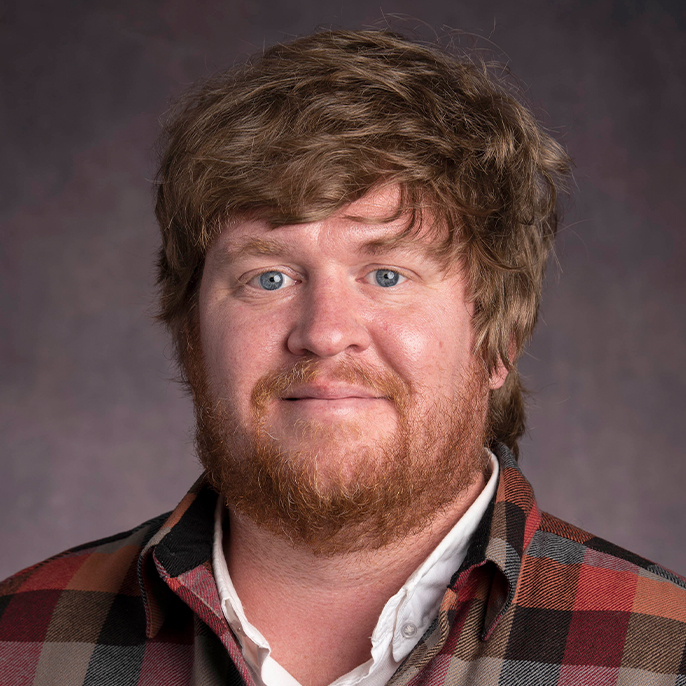Over the centuries, pastors have preached from a variety of pulpits. They have proclaimed the gospel from platforms that range from the magnificent rostrums of Europe’s medieval cathedrals to the metal bar stools and music stands of America’s contemporary churches. Some clergy like towering pulpits, representing a high view of Scripture. Others prefer them low and close to the ground, symbolizing the priesthood of all believers. Some traditions locate the pulpit on the side of the sanctuary to maintain the congregation’s focus on the altar, while others place it in the center, a sign of the importance of preaching the word of God.
But as clergy debate the best placement for a pulpit inside the church, they have overlooked countless other potential locations outside the church. These “pulpits in the public square” are platforms that provide opportunities for pastoral presence, prophetic witness and gospel proclamation to the broader community. Mostly empty, rarely used by clergy, these potential pulpits can be found in various sectors of society: education, criminal and social justice systems, health care and medicine, government and politics, science and technology, and arts and entertainment.
Unfortunately, few pastors actively participate in these arenas; even fewer see them as potential pulpits, a place for Christian witness and proclamation. Many clergy are so consumed by activity inside the church that they have no time for service, let alone leadership, outside the church. Too often, the day-to-day of Christian ministry pulls pastoral energy inward, toward the parish, rather than projecting it outward, toward the community. Other factors are at work as well -- anemic pastoral theologies, improper parishioner expectations, even a pastor’s own insecurities. But whatever the cause, this narrow focus on the church has contributed to the erosion of pastoral credibility in American culture.
The best way to reverse this trend is for pastors to step occasionally outside their ecclesiastical pulpits and into the pulpits in the public square. It’s a move I’ve become increasingly comfortable with in recent years, a step that’s neither as big nor as intimidating as it might seem.
I’m the pastor of a yoked Congregational/United Methodist parish in northern Vermont. When I first arrived in 2004, fresh out of seminary, I understood just enough about American religious culture and rural sociology to know that credibility in the community would be crucial for a successful ministry. Though a newcomer to the area, I recognized that trust and respect could be earned through participation and service not only in my two churches but also in the community. So I went looking for the pulpits in the public square.
But before I even had a chance to do my research, I ran into a woman at the post office who organized the ski program at the local elementary school.
“I heard you like to ski!” she said after introducing herself. “Can I sign you up to volunteer for the school ski program?”
Impressed by how quickly news travels in a small town, I told her yes. For the past 14 winters, I have taught third- through sixth-graders how to strap skis to their feet and zigzag down a snowy mountain. My first public pulpit was an alpine chairlift!
Soon after the snow melted that first winter, I started looking for another place where I could serve. I was about to join the local fire department when I discovered that the ambulance rescue squad needed volunteers. I never considered myself a “medical” person, but I was willing to learn. After completing the required training, I began serving as an emergency medical technician, where my pulpit became the back of an ambulance.
After a few years, my emergency medical career ended when the local rescue squad was merged into a larger regional emergency response service. Around that same time, however, I heard about a new initiative to start a restorative justice center in my county. So I shifted my focus from medical care to criminal justice.
I served on multiple reparative boards -- essentially, standing juries that facilitate justice and reconciliation between criminal offenders, victims and the community. I also worked with a program call Circles of Support and Accountability, which helps former prison inmates integrate back into the community. Volunteering with the justice center, I found myself in such unlikely pulpits as prison cells, courtrooms and transitional housing facilities.
Then five years ago, a parishioner asked me to run for the school board seat he was vacating. I remembered the advice that several seminary professors and mentors had given me about pastors running for elected office. Political involvement, they’d warned, can create unnecessary controversy and may even isolate ministers from their own congregations and communities. Even so, with some reluctance, I entered the race and won.
In a highly secularized and skeptical culture (Vermont is consistently ranked as the least “religious” state in America), I worried about how a pastor would be received by the school community. But I was pleasantly surprised by how the administrators and other board members welcomed me. If anything, they were intrigued by the novelty. During my time on the board, I have served as chairman of the local elementary board, the regional district board, a superintendent search committee and two principal hiring teams.
The school board has been the most influential of the public pulpits where I have served. It has led to many opportunities for direct ministry, such as weddings, funerals and spiritual counseling, as well as countless faith conversations with people who might never come to church. Every autumn, my wife and I host a backyard barbecue for the faculty and staff of our elementary school. More than just a cookout, the annual gathering has been a platform to extend Christian hospitality and build relationships with our entire education community.
Over the years, by embracing these pulpits in the public square, I have met a wide range of people: students, parents, teachers, principals, superintendents, patients, firefighters and EMTs, physicians, nurses, the county sheriff and his deputies, perpetrators and prisoners, probation and parole officers, attorneys, judges, business leaders, legislators. I have even become friends with a former governor of Vermont, who has been a guest speaker at my church. For many of these folks, I am the only pastor they have ever known.
Embracing pulpits in the public square does not mean abandoning or neglecting the core functions of pastoral ministry. Clearly, pastors should spend most of their time preaching, praying, visiting the sick and shut-in, and providing spiritual counsel in their own congregations. But they should also set aside time for serving outside the parish.
In my experience, ministry in the church is enriched, not impeded, by ministry in the public square.
I hope that more clergy will catch a vision for filling the pulpits in the public square. It’s not as radical or new as it might sound. After all, it was John Wesley who once said, “I look upon all the world as my parish.”


